Partners
Our Collaborations

In The Republic of China
XDU is a national key university featuring electronic and information science. XDU has 17 colleges, more than 36,000 students, and around 2300 faculty.

In Blue Nile state | Sudan
Founded in 1995, University of Blue Nile is a non-profit public higher-education institution located in the small city of Ad Damazin (population range of 50,000-249,999 inhabitants), Blue Nile.

Bahir Dar | Ethiopia
Bahir Dar University is now among the largest universities in the Federal Democratic Republic of Ethiopia, with more than 52,830 students in its 219 academic programs; 69 undergraduate, 118 masters, and 32 PhD programs.

Gilgel Beles | Ethiopia
Gilgel Beles College of teachers education is located in Meteke Zone of Benshnagul Gumuz Regional state.

Amhara Region | Ethiopia
Tana Beles Sugar Factory One is located at Awi Zone`s Jawi District of Amhara Regional State. It is one of the three factories planned to be built under Tana Beles Sugar Development Project which was established in 2010.
BGRS | Ethiopia
Benishangul Gumuz has an estimated area of 51,000 square kilometers and is located in the north-western part of Ethiopia.

BGRS | Ethiopia
Benishangul Gumuz has an estimated area of 51,000 square kilometers and is located in the north-western part of Ethiopia.
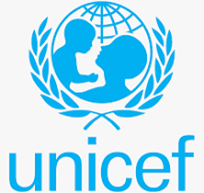
UNICEF, originally the United Nations International Children’s Emergency Fund, was established by the United Nations General Assembly on December 11, 1946. The mandate was to address the emergency needs of children in post-war Europe and China.

The Intergovernmental Authority on Development (IGAD) was established in 1996. It was formed to replace the Intergovernmental Authority on Drought and Development (IGADD), which was founded in 1986. The founding members of IGAD, and later IGADD, were Djibouti, Ethiopia, Kenya, Somalia, Sudan, and Uganda. Eritrea joined in 1993, after gaining independence.
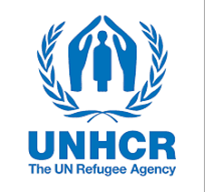
TThe UNHCR, or the United Nations High Commissioner for Refugees, was established on December 14, 1950, by the United Nations General Assembly. Initially, it was given a three-year mandate to help Europeans displaced by World War II and then disband. However, the agency’s work continues to this day.

ICARDA’s origins began in April 1972 when the Technical Advisory Committee of CGIAR (then known as the Consultative Group on International Agricultural Research) expressed interest in agricultural research in the Near East and North Africa.
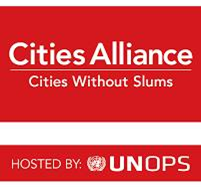
The Cities Alliance was established in 1999 by the World Bank and the United Nations Centre for Human Settlements (UN-Habitat). The Alliance was formed as a trust fund resulting from a Bank/UN habitat agreement to help implement the “livable cities” agenda of the UN Human Settlements Conference in Istanbul.

Emory University, founded as Emory College, was established in 1836 by the Methodist Episcopal Church. It was originally located in Oxford, Georgia, 38 miles east of Atlanta. The college was named in honor of Methodist bishop John Emory.

The European Union (EU) was officially established on November 1, 1993, with the entry into force of the Maastricht Treaty. This treaty, formally the Treaty on European Union, was the culmination of years of European integration efforts, including the establishment of the European Coal and Steel Community (ECSC) in 1951 and the European Economic Community (EEC) in 1957.

The International Rescue Committee (IRC) was founded in 1933 by Albert Einstein. Operation Rescue was founded by Randall Terry in 1986. Destiny Rescue was founded in 2001 by Tony Kirwan.
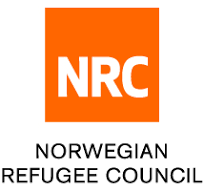
The NRC, specifically the Norwegian Refugee Council, was established on May 24, 1946, by the “Europahjelpen” (Aid to Europe) initiative. This initiative was a response to the plight of displaced people in war-torn Europe, where millions had been displaced by World War II.
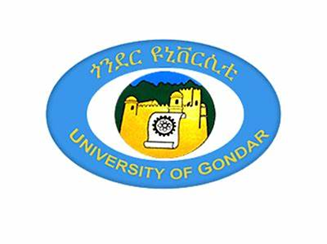
Gondar (Ethiopia)
The University of Gondar was initially established in 1954 as the Public Health College and Training Center (PHC & TC). This establishment was a joint effort between the Imperial Ethiopian government, the World Health Organization (WHO), the United States Operation Mission to Ethiopia, and UNICEF. Later, in 2004, the institution was officially recognized as the University of Gondar with its current status and autonomy.

